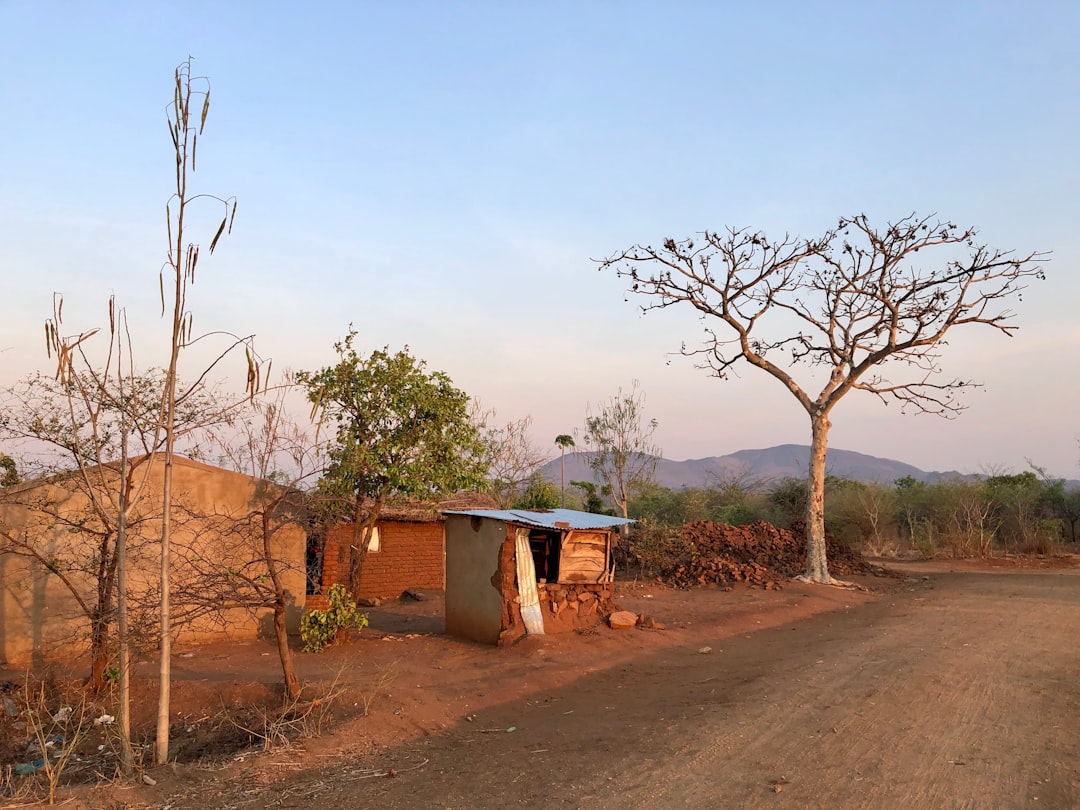What is it about?
A cornerstone concept in the field of conservation genetics is that that the amount of genetic erosion in small populations of endangered species can be assessed using estimates of neutral genetic diversity, but this idea has been recently questioned. We used genomic data to show that neutral diversity can provide an accurate measure of both components of functional genetic diversity – mutation load and adaptive variation - in populations of an endangered rattlesnake but that this correlation is weaker for projections of future levels of neutral diversity versus historical estimates.
Featured Image

Photo by Amber Wolfe on Unsplash
Why is it important?
Our results confirm that estimates of neutral genetic diversity provide an accurate measure of genetic erosion in populations of a threatened vertebrate. This means that neutral genetic diversity measured using much less expensive and more easily accessible techniques than sequencing whole genomes gives us important information about the genetic health or rate species. They also provide nuance to the neutral-functional diversity controversy by suggesting that while these correlations exist, anthropogenetic impacts may have weakened these associations in the recent past and into the future reducing their usefulness for assessing levels of genetic erosion in current populations of endangered species.
Read the Original
This page is a summary of: Functional genomic diversity is correlated with neutral genomic diversity in populations of an endangered rattlesnake, Proceedings of the National Academy of Sciences, October 2023, Proceedings of the National Academy of Sciences,
DOI: 10.1073/pnas.2303043120.
You can read the full text:
Contributors
The following have contributed to this page










